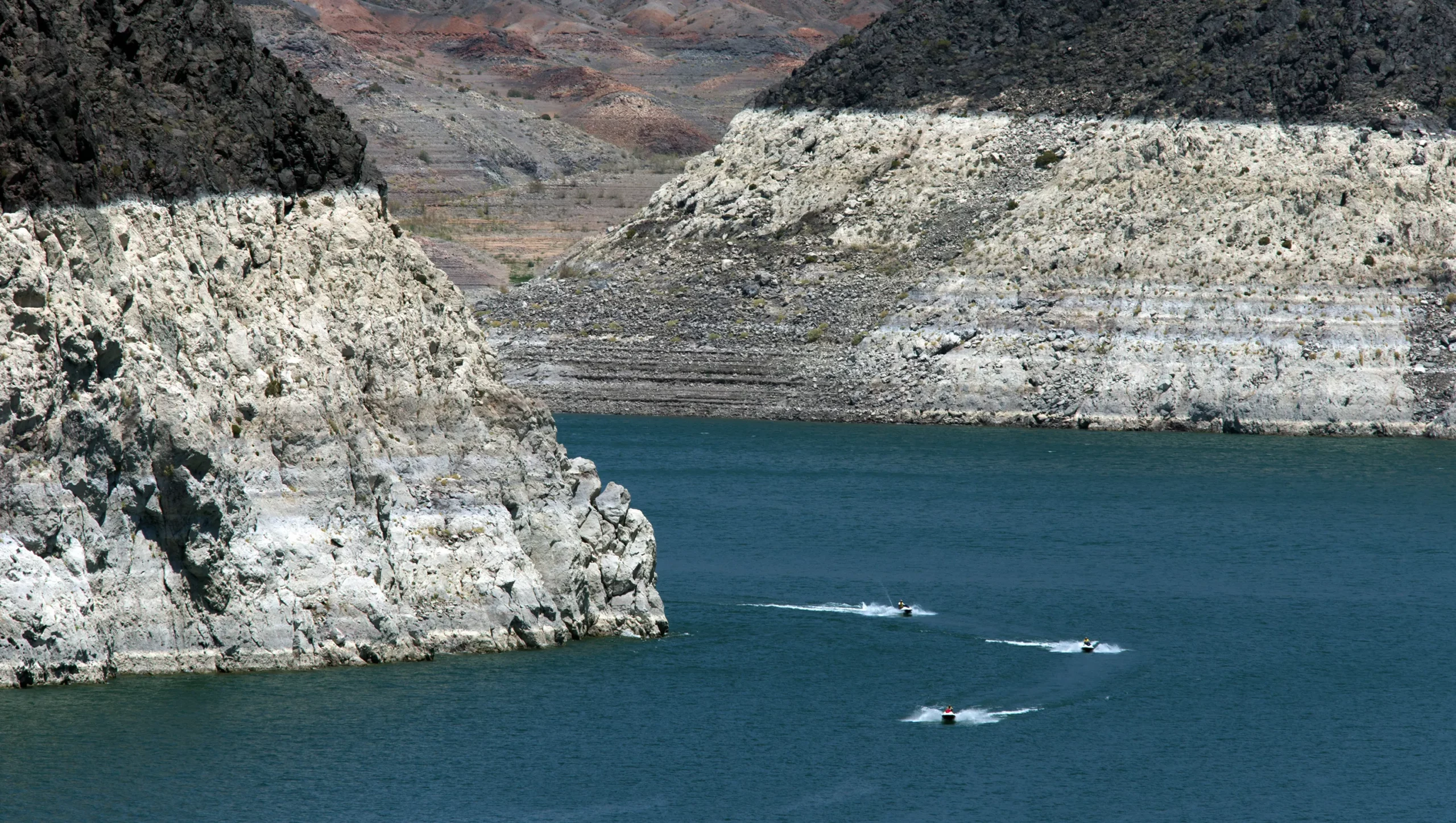Federal officials have issued a thinly veiled threat to impose new cuts in water deliveries from the Colorado River if California and six other western states fail to reach a conservation agreement to protect severely depleted reservoirs.
The warnings from the U.S. Department of the Interior and the Bureau of Reclamation come after California water agencies proposed measures on Oct. 5 to curb their water consumption—despite being entitled to the largest share of water from the river.
Four California water agencies offered to implement conservation measures to conserve an additional 400,000 acre-feet of water over each of the next three years. Some 250,000 acre-feet would come from the Imperial Irrigation District, which relies on the river water for the Imperial Valley’s robust winter vegetable farming economy. That would curb irrigation supplies by another 8% for farmers who have already cut water use by 16% since 2003.
But federal officials demand 2 million to 4 million acre-feet in water savings to protect the river and keep Lake Mead—behind Hoover Dam in Nevada—from reaching “deadpool” status when no water could flow downstream.
In an Oct. 28 notice, federal officials said they may need to curtail downstream water releases from Hoover Dam and Glen Canyon Dam in Arizona. The move signals that federal officials may unilaterally impose additional water delivery cuts.
“The Interior Department continues to pursue a collaborative and consensus-based approach to addressing the drought crisis afflicting the West,” Interior Secretary Deb Haaland said in a statement. “At the same time, we are committed to taking prompt and decisive action necessary to protect the Colorado River system and all those who depend on it.”
Haaland said, “Revising the current interim operating guidelines for Glen Canyon and Hoover Dams represents one of many critical departmental efforts underway to better protect the system in light of rapidly changing conditions in the basin.”
Chris Scheuring, senior counsel for the California Farm Bureau, said the announcement signaled federal officials’ willingness to intervene.
“What is happening is that the states remain in disagreement with each other about who should cut back and at what amount, and the feds are developing a plan to take action without consensus, if necessary,” Scheuring said.
The Colorado River provides water to seven states and Mexico, serving agriculture and 40 million people. Shrinking water levels at Lake Mead triggered mandatory cuts in water deliveries this year for Arizona, Nevada and Mexico, but California was spared.
The Imperial Irrigation District delivers 95% to 97% of its water to agriculture, triggering fears that farmers may have to fallow significant additional acreage if federal officials override their senior water rights to the river. (See related commentary on Page 2.)
“We hope that our farmers are protected and the Law of the River is followed,” said Rachel Magos, executive director of the Imperial County Farm Bureau.
Tina Shields, the district’s water department manager, said it is important to safeguard the existing priority water rights system for the river, while seeking consensus on how to deal with the challenge.
“IID supports Reclamation’s pursuit to seek a collaborative and consensus-based approach to addressing the drought to protect the Colorado River System,” Shields said.
She added, “The Colorado River is the Imperial Valley’s only water supply, so the initiation of a process to identify options to bring the system into balance is welcome.”
Along with the IID, the Metropolitan Water District of Southern California, Coachella Valley Water District and Palo Verde Irrigation District have told federal officials they are prepared to jointly conserve water to protect the river. All but Metropolitan have senior water rights.
Rights to Colorado River water are controlled by an interstate compact reached in 1922, which allocated the largest share of the river to California.
Now the Bureau of Reclamation, in announcing a notice of intent to prepare a supplemental environmental review of current operations, is signaling it may take emergency steps that could affect available water supplies.
The environmental review will consider three alternatives with the most severe allowing for unilateral actions should states not sufficiently address current and projected risks to the river system. This would revise rules that govern the “timing and volumes of potential water delivery reductions” in lean water years.
“We are taking immediate steps now to revise the operating guidelines to protect the Colorado River System and stabilize rapidly declining reservoir storage elevations,” Reclamation Commissioner Camille Calimlim Touton said in a statement. She said officials are working to “develop long-term, sustainable plans that reflect the climate-driven realities facing the Colorado River basin.”
Last month, the Department of the Interior announced that $4 billion in funding was being allocated for water management and conservation efforts in the Colorado River basin. Farmers reducing plantings or investing in water-saving irrigation systems may apply for grants to offset costs of conservation efforts.
(Peter Hecht is chief editor of publications for the California Farm Bureau. He may be contacted at phecht@cfbf.com.)
Peter Hecht
Permission for use is granted. However, credit must be made to the California Farm Bureau Federation

